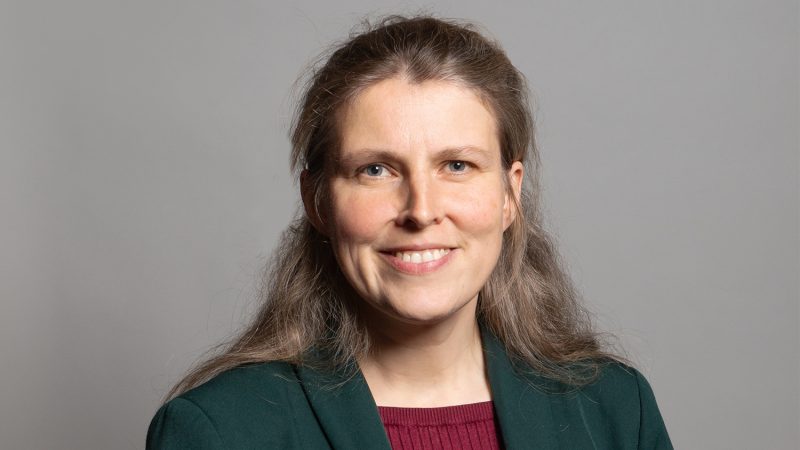
The pandemic has thrown inequality between communities into sharp focus. Neighbourhoods with a strong foundation of social infrastructure – community centres, community groups and good digital connectivity – have fared much better in the crisis. Mutual aid groups sprung up based on existing community networks, able to access additional grants from government and charitable foundations.
But, even prior to Covid-19, many neighbourhoods suffered from both a lack of community and voluntary organisations, as well as acute socioeconomic challenges. Now, without specific support and investment, these places risk falling even further behind.
Research by Oxford Consultants for Social Inclusion and Local Trust has identified 225 of these neighbourhoods, which are perhaps the most ‘left behind’ in England. These areas, which are predominantly in post-industrial and coastal areas, mainly located in the North and the Midlands, are among the 10% most deprived according to the Index of Multiple Deprivation.
The new Community Needs Index developed for the research shows they also have very low levels of social infrastructure – defined as places and spaces to meet, digital and physical connectivity, and an active and engaged community (they are in the 10% of areas with least community provision).
Without these vital building blocks of community, it has been harder for ‘left behind’ neighbourhoods to support their residents during the pandemic. Fewer mutual aid groups formed in these neighbourhoods: roughly half the number of those in similarly deprived areas with strong social infrastructure, and around a third of the number compared to England as a whole.
Early in the pandemic, research suggested that ‘left behind’ neighbourhoods received only about a third of the average levels of Covid-specific charitable grant funding across England. Levels of formal volunteering are also lower in these areas.
Polling by Survation found that only 14% of residents in ‘left behind’ neighbourhoods said they were involved in unpaid voluntary activity in the past year, significantly lower than in England as a whole (37%). Only 8% of the people living in these neighbourhoods have been a member of a community group over the same period.
This is not to say that the residents of these areas have not been generous in offering informal aid to neighbourhoods and fellow community members during the pandemic; rather, in ‘left behind’ areas, this has been more ad hoc and not supported by the social infrastructure present in other areas.
If the government is committed to ‘levelling up’, it needs to look not only at inequalities between regions but also within regions. It needs to ensure that the ‘left behind’ neighbourhoods, which have typically missed out on investment and lack the capacity to apply for funding, become the new focus of attention.
As Rishi Sunak prepares to announce his budget plans, I believe the government has a once-in-a-generation opportunity to ensure a strong role for civil society in a recovery that works for all parts of the economy and all parts of our country.




More from LabourList
What are Labour figures proud of this year – and what are their hopes for 2026?
Lord Hayward: Disappointing May elections could decide Keir Starmer’s fate
LabourList Christmas quiz 2025 round 5: factions and unions picture round